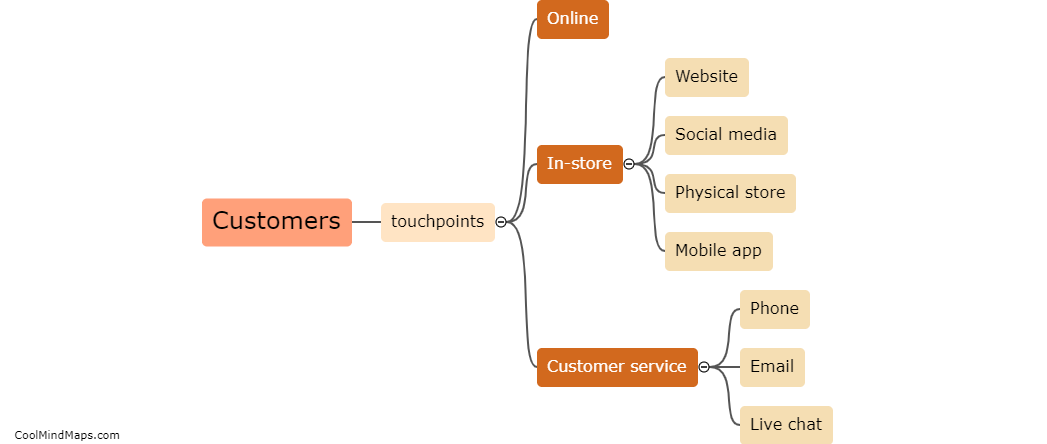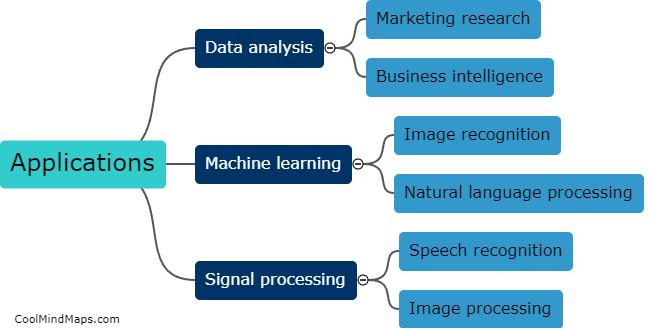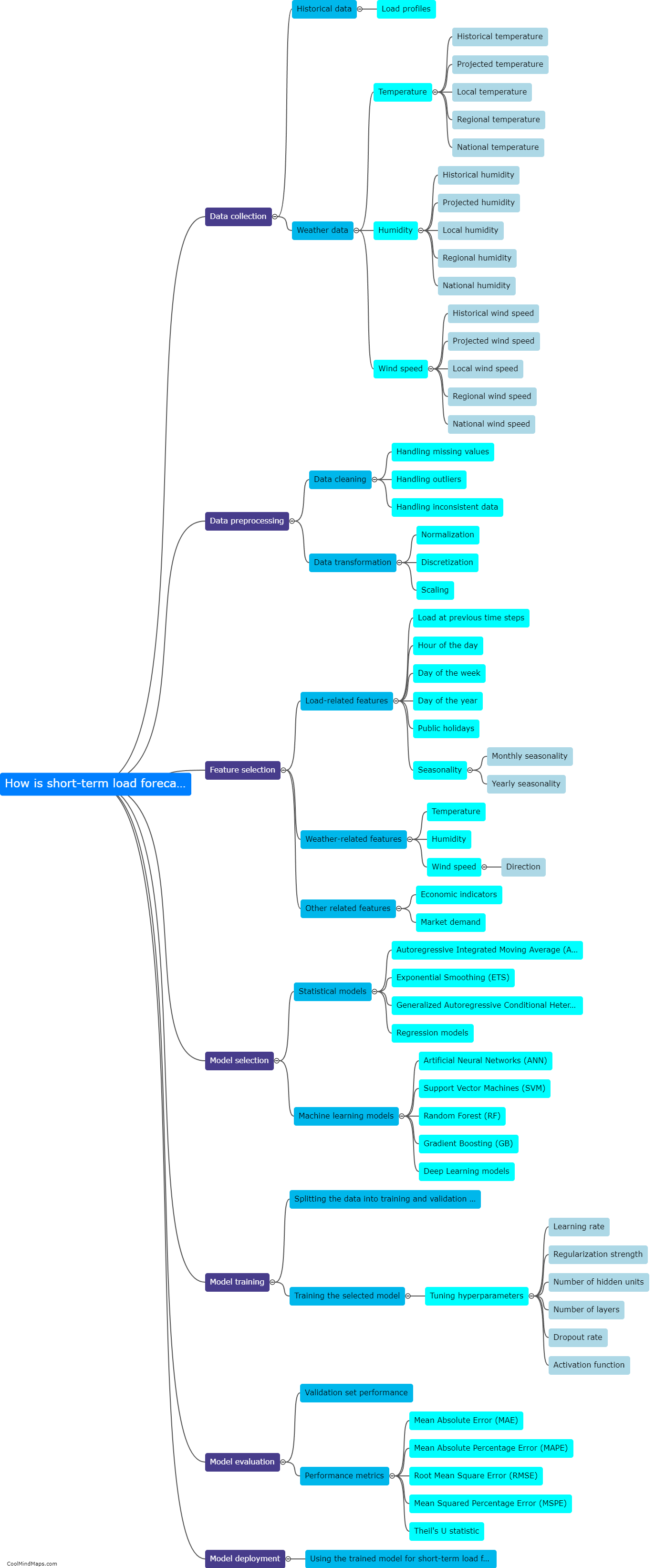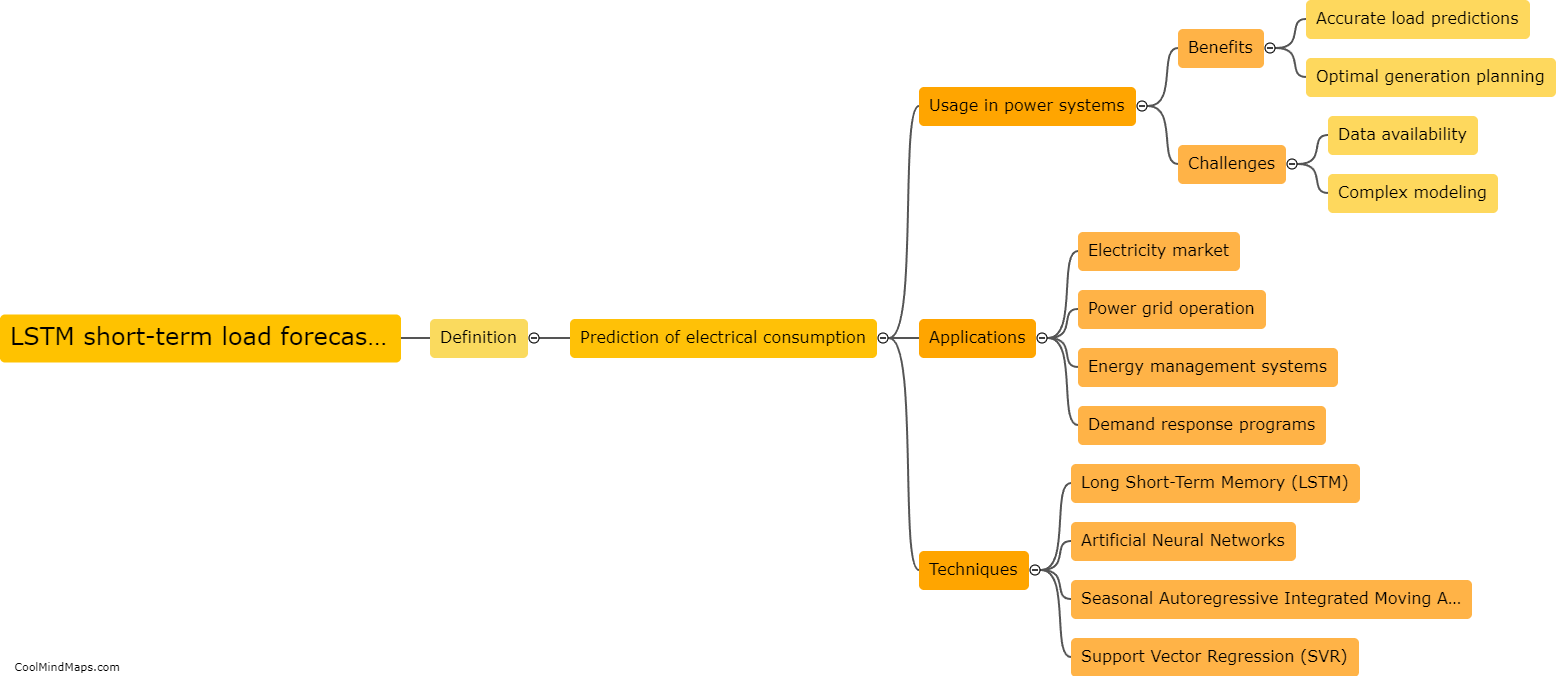What are the factors affecting short-term load forecasting?
Short-term load forecasting refers to the estimation of electricity demand over a short period, typically ranging from a few hours to a few days. Several factors can influence short-term load forecasting accuracy. Weather conditions play a significant role, as temperature, humidity, wind speed, and precipitation can greatly impact power consumption patterns, especially for heating and cooling purposes. Other important factors include day of the week, time of day, seasonality, holidays, and special events. Economic indicators, such as industrial output and commercial activities, can also influence electricity demand. Additionally, behavioral factors, like consumer habits and energy-saving initiatives, can impact load forecasts. Forecasting models must take into account these various factors to provide accurate short-term load predictions for efficient energy management.

This mind map was published on 17 October 2023 and has been viewed 221 times.











